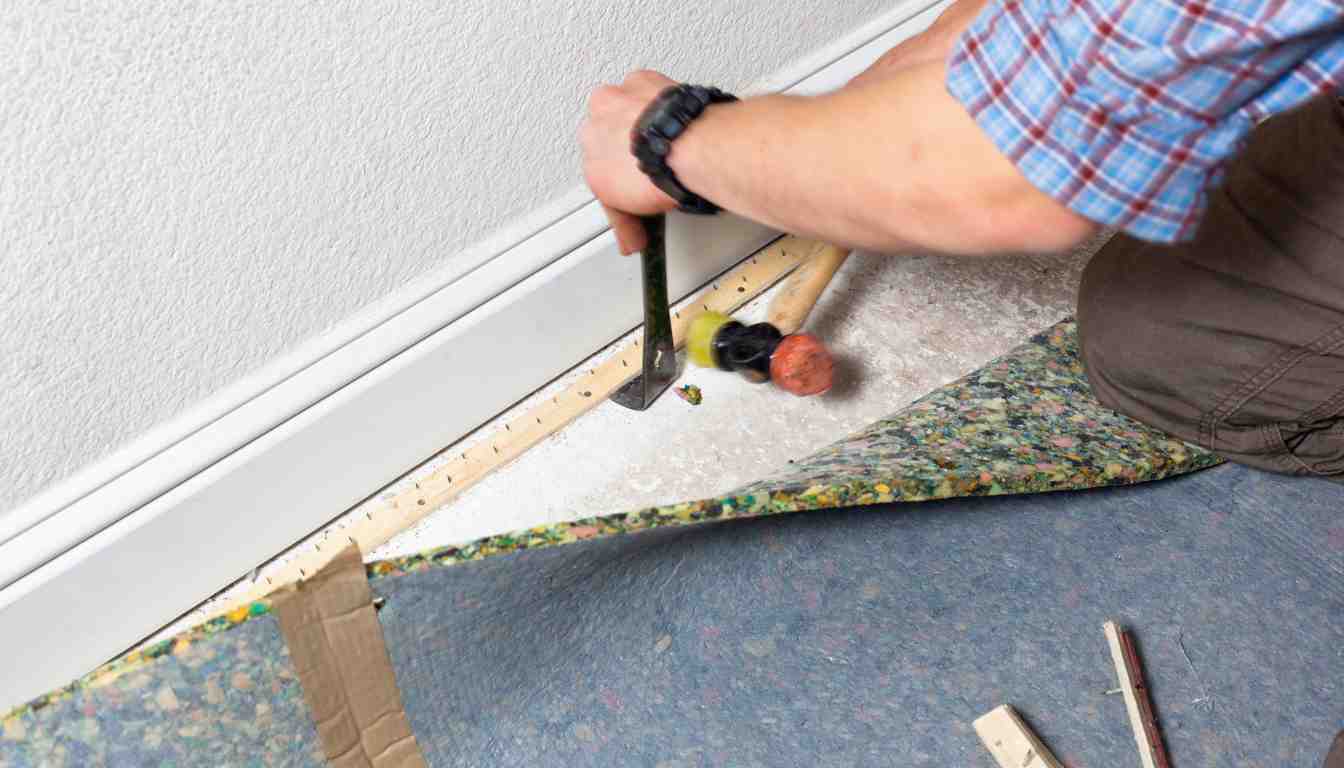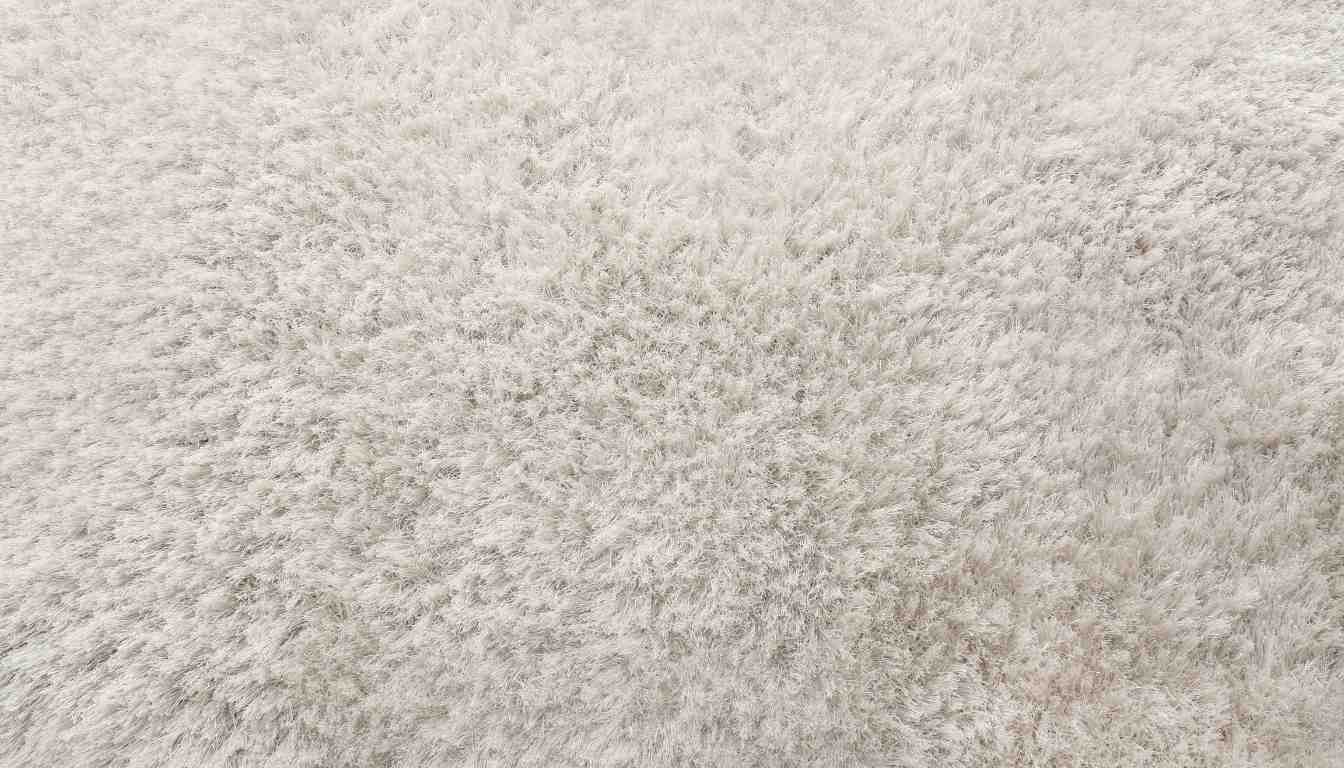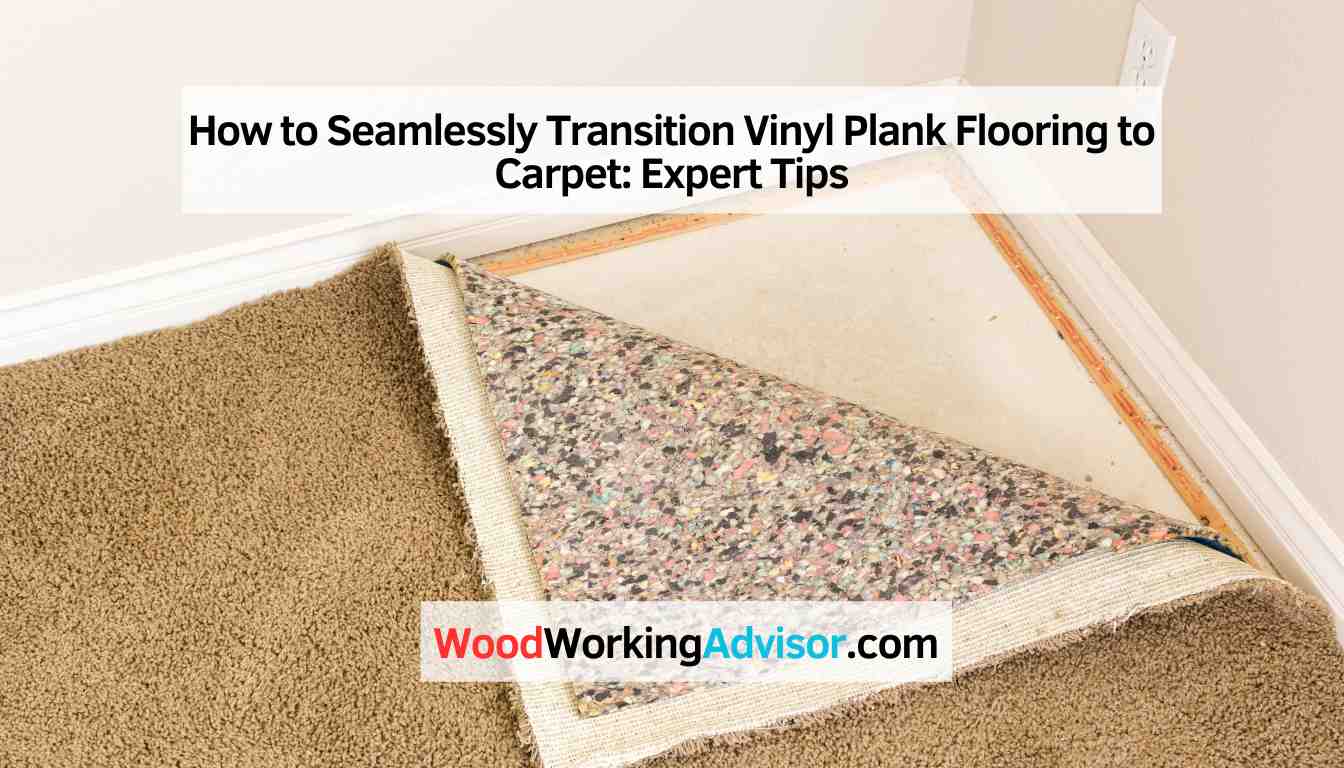To transition vinyl plank flooring to carpet, use a transition strip to create a seamless and smooth connection between the two types of flooring. Transitioning from vinyl plank flooring to carpet requires the use of a transition strip, which helps create a smooth and safe transition between the two types of flooring.
This strip not only enhances the aesthetic appeal of the room, but also prevents any tripping hazards that may arise due to the height difference between the vinyl and carpet. By properly installing the transition strip, you can seamlessly blend the two flooring materials and achieve a polished and professional look.
In this guide, we will outline the steps you need to follow to ensure a successful transition from vinyl plank flooring to carpet.
Preparing For The Transition
Transitioning from vinyl plank flooring to carpet can be a seamless process with the right preparation. Follow these simple steps to ensure a smooth and successful transition in your space.
Transitions between different types of flooring can be challenging, but with proper preparation, you can achieve a seamless and professional-looking result. In this section, we will discuss important steps to take before transitioning your vinyl plank flooring to carpet. By carefully measuring and planning, gathering the necessary tools and materials, removing the vinyl plank flooring, and preparing the carpet area, you can ensure a successful transition that will enhance the aesthetics and functionality of your space.
Measuring And Planning
Before you proceed with the transition, it is essential to measure the area and plan the layout. Measure the width and length of the transition area using a measuring tape. This will help you determine the amount of carpet needed and ensure a precise and accurate installation. Consider factors such as the direction of the carpet’s pile and the positioning of doorways or thresholds to ensure a smooth and visually appealing transition.

Gathering The Necessary Tools And Materials
To prepare for the transition, you will need a few specific tools and materials. Make sure you have a utility knife, a pry bar, pliers, adhesive remover, a hammer, nails or staples, a tape measure, and a carpet stretcher. Additionally, gather the necessary materials such as the carpet, padding, tack strips, and transition strips. Having everything on hand beforehand will save you time and make the process more efficient.
Removing The Vinyl Plank Flooring
To achieve a seamless transition, you need to remove the vinyl plank flooring. Begin by cutting through the flooring using a utility knife, creating manageable sections. Use a pry bar and pliers to lift and remove the sections of vinyl plank flooring. If there is adhesive residue left on the subfloor, use an adhesive remover to ensure a clean and smooth surface for the carpet installation.
Preparing The Carpet Area
Preparing the carpet area is crucial to ensure a successful transition. Start by removing any existing tack strips or nails from the floor. Then, install new tack strips along the perimeter of the carpet area, leaving a gap between the wall and the strip to tuck in the carpet. Use a hammer and nails or staples to secure the tack strips in place. Additionally, install transition strips between the vinyl plank flooring and the carpet, ensuring a seamless connection and preventing edges from fraying.
In conclusion, proper preparation is key when transitioning vinyl plank flooring to carpet. By measuring and planning, gathering the necessary tools and materials, removing the vinyl plank flooring, and preparing the carpet area, you can achieve a smooth and professional transition. Follow these steps to ensure a successful installation that enhances the aesthetics and functionality of your space.
Transition Methods
When it comes to transitioning vinyl plank flooring to carpet, there are several methods you can choose from to achieve a seamless and polished look. In this article, we will explore three popular transition methods: T-Molding Transition, Carpet Strip Transition, and Flush Transition. Each method has its own unique features and advantages, allowing you to select the one that best suits your specific needs and preferences.
T-molding Transition
T-Molding transition is a widely-used method that creates a defined separation between vinyl plank flooring and carpet. It is an excellent choice when you want to maintain a clear distinction between the two flooring options. This type of transition involves the use of a T-shaped molding piece that fits snugly between the two flooring materials, providing a smooth transition that prevents any tripping hazards. T-Molding is particularly useful when there is a height difference between the vinyl planks and the carpet. With its versatility and functionality, T-Molding transition is a popular choice among homeowners and designers alike.
Carpet Strip Transition
Carpet strip transition, also known as a Z-bar or tack strip transition, is a straightforward and effective method to transition between vinyl plank flooring and carpet. This transition method involves installing a metal strip on the subfloor, which grips the edge of the carpet and creates a clean break between the two flooring materials. The carpet is then stretched and tucked into the gripper section of the metal strip, ensuring a secure hold and a seamless transition. Carpet strip transition is a great option when you want a clean and professional-looking transition that also helps to prevent fraying and unraveling of the carpet.
Flush Transition
Flush transition is a minimalistic and sleek method used to seamlessly blend vinyl plank flooring and carpet without any visible transition pieces. This method involves meticulously aligning the edge of the vinyl planks with the edge of the carpet, creating a smooth and flush transition from one material to the other. Flush transition requires precise installation and attention to detail to ensure a flawless result. It is an excellent choice when you desire a seamless appearance without any obtrusive transition elements. With the proper tools and techniques, you can achieve a sophisticated and harmonious transition between your vinyl plank flooring and carpet.
Installation Tips And Techniques
When transitioning vinyl plank flooring to carpet, it is crucial to follow the right installation tips and techniques to achieve a seamless and professional-looking result. In this section, we will discuss important considerations and steps to ensure an efficient and successful transition.
Aligning the transition area:
Proper alignment of the transition area is essential for a visually pleasing transition between vinyl plank flooring and carpet. To achieve this, follow these steps:
- Begin by measuring and marking the center point of the transition area using a tape measure and a pencil. This will serve as a guideline for your installation.
- Starting from the center point, use a straightedge and a level to create a straight line across the transition area. This will ensure that both the vinyl plank flooring and carpet are aligned correctly.
Cutting and fitting the transition piece:
Once the transition area is properly aligned, it is time to cut and fit the transition piece. Follow these steps:
- Measure the width of the transition area and transfer the measurements to the transition piece. Use a miter saw or a utility knife to make an accurate cut.
- Test-fit the transition piece in the transition area to ensure it fits snugly and aligns with the surrounding flooring. Make any necessary adjustments by trimming the edges.
Securing the transition piece:
Securing the transition piece is crucial to ensure its stability and longevity. Follow these steps:
- Apply a suitable adhesive or construction adhesive along the bottom side of the transition piece.
- Press the transition piece firmly onto the flooring, ensuring full contact between the adhesive and the subfloor. Use a roller or a heavy object to apply pressure and secure the piece in place.
Making adjustments for uneven flooring:
If you encounter uneven flooring during the transition, here are some tips to help you make the necessary adjustments:
- Use a floor leveling compound to smooth out any uneven areas. Follow the manufacturer’s instructions for application and drying time.
- If the height difference is significant, you may need to use transition strips or reducers to bridge the gap and create a seamless transition.
Ensuring a smooth and seamless transition:
To achieve a smooth and seamless transition between vinyl plank flooring and carpet, follow these final tips:
- Ensure that both the vinyl plank flooring and carpet are properly installed and secured before tackling the transition area.
- Regularly clean and maintain the transition area to prevent dirt and debris from getting trapped and affecting the appearance over time.
By following these installation tips and techniques, you can successfully transition vinyl plank flooring to carpet and achieve a professional result.
Finishing Touches And Maintenance
After successfully transitioning your vinyl plank flooring to carpet, it’s important to focus on the finishing touches and maintenance of the transition area. This will not only improve the overall appearance of the space but also ensure the longevity of the transition.
Trimming And Finishing The Transition Piece
Trimming and finishing the transition piece is the final step in achieving a seamless blend between vinyl plank flooring and carpet. Here are the essential steps:
- Carefully measure and mark the transition piece according to the width of the doorway or area where the vinyl plank flooring meets the carpet.
- Using a table saw or handsaw, cut the transition piece to the marked length.
- Sand down any rough edges to create a smooth surface.
- Apply a high-quality adhesive to the bottom of the transition piece, ensuring proper adhesion to both the vinyl and carpet.
- Place the transition piece in position and press down firmly, ensuring a secure fit.
- Allow the adhesive to dry completely before walking or placing heavy furniture on the transition area.
Cleaning And Maintaining The Transition Area
To keep the transition area between vinyl plank flooring and carpet in excellent condition, regular cleaning and maintenance are essential. Here are some tips:
- Sweep or vacuum the transition area regularly to remove dirt, dust, and debris.
- For stubborn stains, use a mild detergent or carpet cleaner specifically formulated for the type of carpet you have.
- Always follow the manufacturer’s instructions for cleaning the carpet to avoid damaging it.
- Avoid using abrasive cleaning tools or harsh chemicals that can scratch or discolor the transition piece or the carpet.
- Place doormats at the entrances to prevent dirt and moisture from being tracked onto the transition area.
- Immediately clean up any spills or accidents to prevent them from seeping into the transition area and causing damage.
By taking proper care of the transition area, you can maintain its aesthetic appeal and prevent any potential damage that may occur over time. With these finishing touches and maintenance tips, your vinyl plank flooring to carpet transition will not only look seamless but also stand the test of time.

Conclusion
In order to seamlessly transition vinyl plank flooring to carpet, follow the simple steps outlined in this blog post. By carefully measuring, cutting, and securing transition strips, you can achieve a polished and professional look. Remember to use a level to ensure accuracy during installation.
With these expert tips, you’ll have a smooth and flawless transition from vinyl plank flooring to carpet in no time. So, go ahead and create that perfect flooring transition in your home today!


